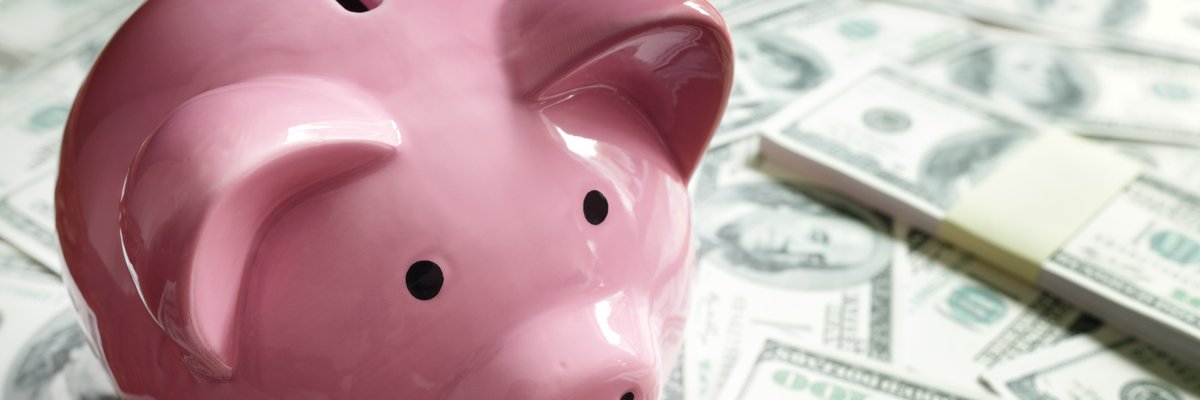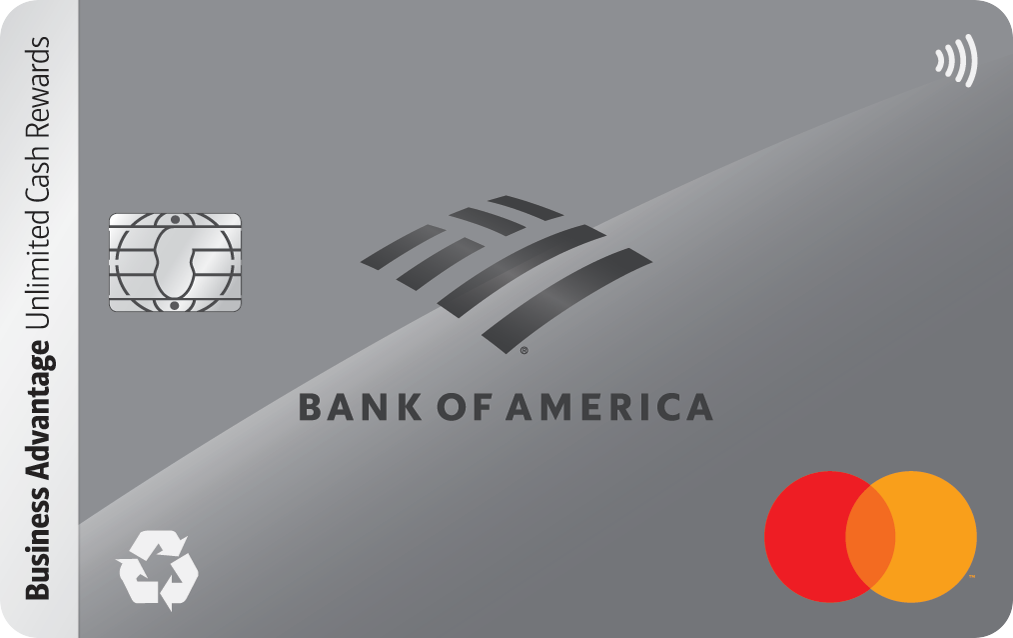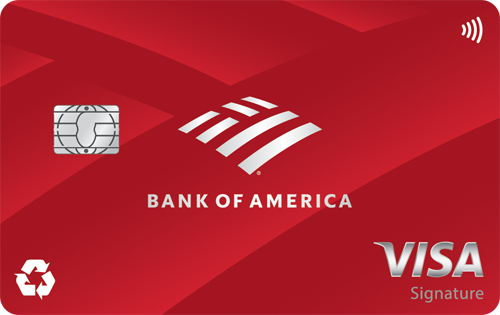Got $50K Sitting in the Bank? Here's Why That Could Be a Mistake

Image source: Getty Images
Let's be honest: having $50,000 in cash feels pretty great. You've got breathing room, options, and peace of mind. But if that money is just sitting in a standard checking account earning 0.01% APY, you're not just missing out on growth -- you're quietly losing money every single day.
In fact, if you leave $50,000 untouched in a checking account for five years, you could lose more than $7,000 in purchasing power with a 3% inflation rate.
That's why letting cash just sit can be one of the biggest (and sneakiest) money mistakes.
Here are three better ways to put that $50,000 to use.
Start with a high-yield savings account
If your cash is parked in a regular bank account, the very first move is simple: move most of it into a high-yield savings account (HYSA).
An HYSA is just like a regular savings account, except it pays way more interest.
Right now, the best HYSAs are offering APYs around 4.00% or more. That's over 400 times what most traditional banks offer on regular savings accounts.
If you moved a full $50,000 into an account earning 4.00% APY, you'd be looking at $2,000 in interest over the course of a year -- with zero market risk and access to your funds anytime you need.
Most top high-yield savings accounts offer:
- FDIC insurance up to $250,000
- No monthly fees
- Full liquidity (you can withdraw whenever you want)
You don't have to move all of your money. But even putting $20,000 to $30,000 into an HYSA can make a big difference in your passive income.
Start saving more today. Explore the best high-yield savings accounts here.
Build a CD ladder for guaranteed returns
Certificates of deposit (CDs) let you lock in today's high interest rates for a set term. And with top rates around 4.00% to 4.50%, they're a low-risk way to boost your returns while maintaining access to your money in the short term.
A "CD ladder" would mean spreading your $50,000 across several CDs with staggered maturity dates. For example:
- $10,000 in a 6-month CD
- $10,000 in a 12-month CD
- $10,000 in an 18-month CD
- $10,000 in a 24-month CD
- $10,000 in a 36-month CD
This example would let you lock in today's top rates, and periodically give you access to $10,000 when each CD matures over a three-year period.
Check out top CD rates and build your own ladder here.
Invest for long-term growth
If you've already built a solid emergency fund (say, $20,000), consider investing the rest for long-term growth. Historically, the stock market has averaged around 10% annual returns, especially with a diversified low-cost index fund like the S&P 500.
Here's how a $30,000 investment could grow over time, with an average 10% annual growth rate:
| Time Invested | Future Value |
|---|---|
| 5 years | $48,315 |
| 10 years | $77,812 |
| 20 years | $201,825 |
| 30 years | $523,482 |
Crazy, right? Investing $30,000 today could turn into over half a million in a few decades.
I'll be honest… putting a big lump sum into the market can feel terrifying. I once dumped over $100,000 into index funds after selling a rental, and I was sweating bullets for weeks.
But once I stopped looking at it daily and gave it a chance to grow, I felt way better. Honestly that was years ago and my money has more than doubled since then.
Long-term investing rewards patience.
If you're not ready to go all-in at once, you can always dollar-cost average. This means investing smaller amounts regularly, like $2,000 per month for a year. It's a great way to smooth out market volatility.
Even better, use a robo-advisor or automated investing app to stay on track without second-guessing every move.
See the best investing apps for beginners and start growing your nest egg.
Don't let your cash just sit there
Letting $50,000 sit in a low-interest account isn't just a missed opportunity -- it's an invisible financial leak.
Whether it's earning 4.00% in a high-yield savings account, stacking up CD returns, or growing in a long-term investment portfolio, your money deserves better.
You don't need to choose just one path, either. Combining savings, CDs, and investing gives you a balanced, powerful approach to short-term security and long-term wealth.
Our Research Expert



